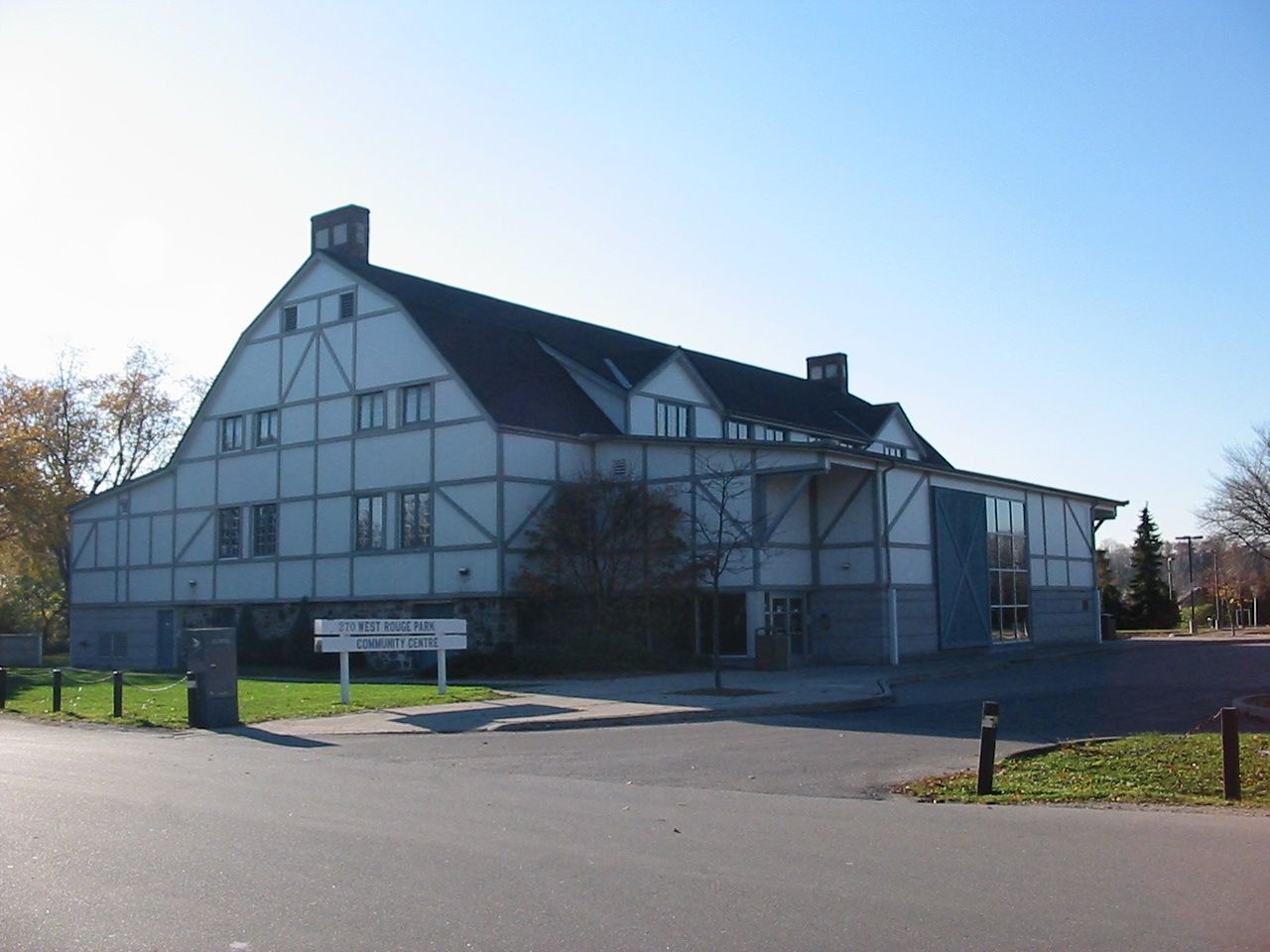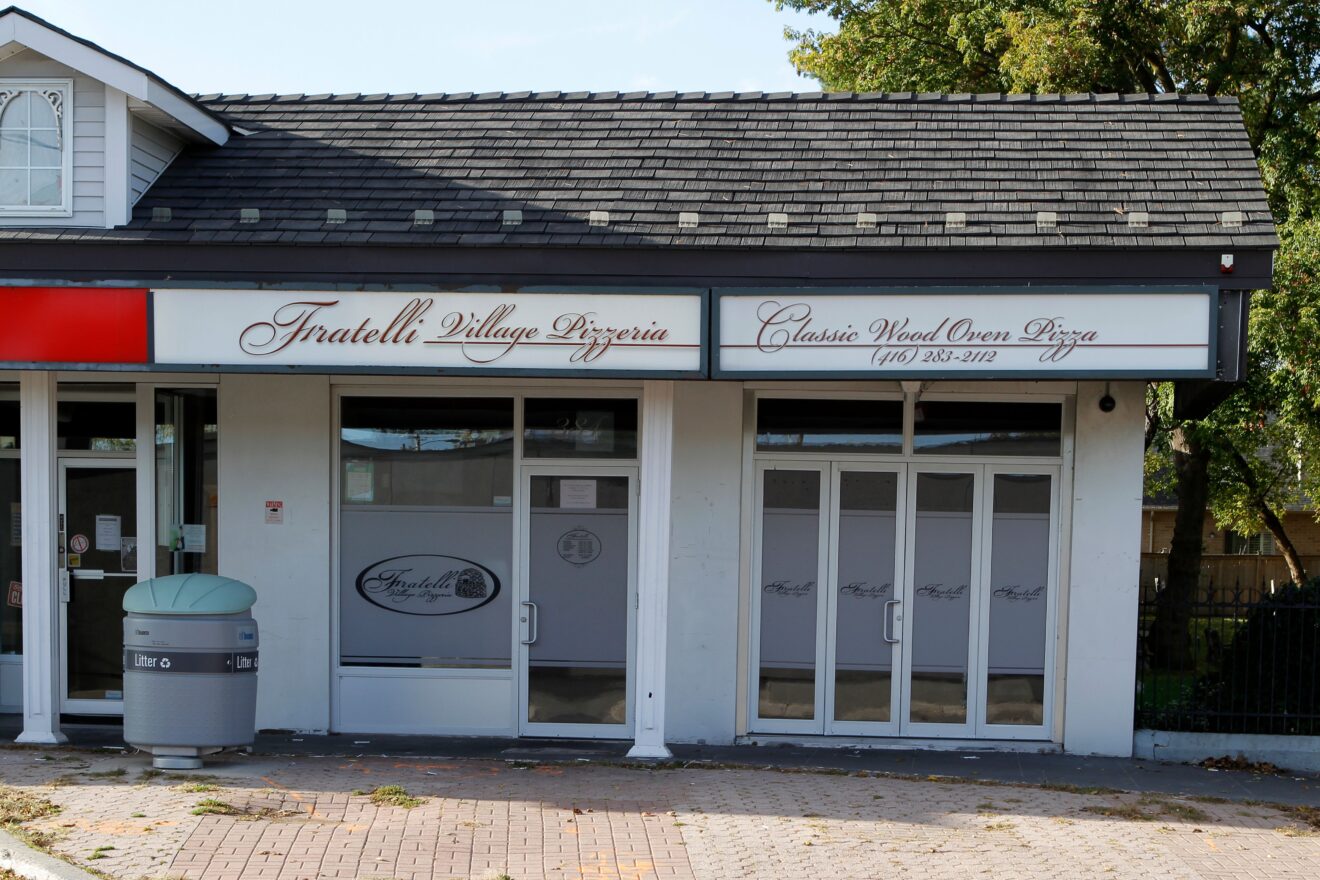West Rouge, Centennial, and Port Union are three of Toronto’s most picturesque east end neighbourhoods with an abundance of natural landscapes and waterfront access, and strong community ties. Keep reading to learn more about the unique history behind these three areas.
West Rouge
West Rouge was primarily farmland in 1926, when real estate developer Cecil White created the “Rouge Hills” subdivision. This development was intended to be a unique summer playground, with grand country estates spread out along the Rouge River. There were even plans for an elaborate canal system and private boathouses to service these estates.
“Rouge Hills” was never completed, however a few of the cottages on Rouge Hills Drive and Ridgewood Road are legacies of this subdivision. Year-round residential development of the West Rouge neighbourhood began in the 1940s, with individual lots being purchased by homeowners. Large parcels of land were subsequently developed by builders through the 1950s, ’60s and ’70s. More housing was added in the 1980s when the former Rouge Hills Golf and Country Club located in the Rouge Valley was sold to developers.
Centennial/Port Union
In the 1800s, Port Union was a booming waterfront village with thriving ship building and commercial fishing industries, two hotels, a commercial wharf, and a variety of small businesses. In 1856, the Grand Trunk Railway opened a station in Port Union which added to the importance of this waterfront village.
By 1865, Port Union’s population had reached 100 people and it was granted its own post office. The two hotels that operated in Port Union during these boom times were said to have served “knock-em stiff” whiskey and “40 Rod Whiskey”.
By the late 1800s Port Union’s shipping industry had lost most of its business to the railway and subsequently shut down. Port Union then went into a period of decline that lasted until the late 1940’s, when the return of industry to this area sparked a residential housing boom. In the 1990’s, Port Union reclaimed its waterfront with a new housing subdivision that has helped connect this neighbourhood to its illustrious past.
The area south of Lawrence Avenue is now referred to as Port Union Village. The area north of Port Union Village is now referred to as Centennial, which makes reference to the north-south street which runs through the centre of this community. Centennial Street was named after Centennial Church (circa 1891), which still stands at the north end of Centennial Road off Kingston Road. The west portion of Centennial was settled first, with larger properties and homes. By the early 1960s, Centennial East had also become a popular residential area with new homes being built steadily through the ’60s and ’70s.
The communities of West Rouge, Centennial, and Port Union are now thriving, highly sought-after residential neighbourhoods that cater to the laid-back, nature-immersed, waterfront lifestyle residents come to East Toronto to find.

Get The Newsletter
Want to keep up with real estate in West Rouge, East Toronto, and Durham Region? Join our mailing list here to stay up-to-date.








